
“I started my HR career in recruiting because I believe it serves as the window to an organization’s culture.”
Berni Szczepanski, Vice President of Human Resources
Article Highlights
- From Assistant to CHRO
- New Role, New Challenges, New Horizons
- Changing of the Tide
- The Path to Hiring Success
- Talent Attraction & Engagement
- Selection & Collaboration
- Management & Operating Model
- Looking to the Future
From Assistant To CHRO: The Rise Of A Recruiter
With an illustrious career across HR, Berni Szczepanski has worked in and led every role in recruiting imaginable, from her beginnings as a front desk assistant who pre-screened candidates, to Vice President of Human Resources at Northwestern Memorial Healthcare (“Northwestern”), one of the largest academic healthcare systems in the US with over 30,000 employees. Over the course of her career, she acted as an early evangelist of structured behavioral interviews, pioneered new strategies in recruiting & retaining top tier talent, and built a winning culture driven by employee engagement. Her many accomplishments have earned her national accolades by both the AARP and Modern Healthcare Best Employers.
More importantly for us, Berni has witnessed how the recruiting landscape has evolved:
“I’ve worked at companies where recruiters had to manage hundreds of candidates with nothing but glorified spreadsheets all the way to today where Northwestern hires 6,000 a year with a complete talent acquisition suite.”
New Role, New Challenges, New Horizons
While Berni’s focus these days centers around how to manage thousands of current employees, she still has a passion for talent acquisition. After all, it is where her professional growth accelerated. “I got into recruiting because I believe it serves the window to an organization’s culture. Just like great salespeople give prospects the confidence that their vendor will be a valuable partner, recruiters give candidates the assurance that their employer has their best interests in mind.” In fact, with her influence as an HR leader, Berni pushed Northwestern to replace their legacy ATS in favor of a modern, enterprise-grade talent acquisition suite. In just 6 months after a transformation kickoff, Northwestern has already seen greater engagement from their hiring teams with the help of increased automation and collaboration.
Improved productivity, however, is only the tip of the iceberg. Now that recruiters are freed from repetitive manual tasks, they are able to focus more on building a lasting personal relationship with their candidates. In the words of Ana Zanic Stolar, Director of Talent Acquisition at Northwestern Medicine:
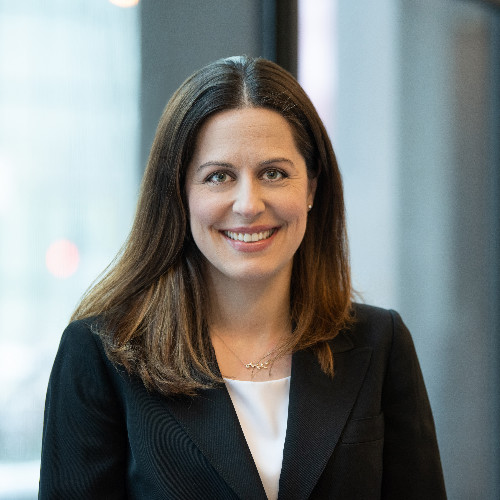
“We’re using technology to be more productive but insist on keeping the experience human”
Ana Zanic Stolar, Director of Talent Acquisition
These immediate results have not surprised Berni nor Ana. “Recruiting processes are largely the same wherever you are,” reflects Berni. “What matters is the investment you make.”
For Berni and her team, their aspiration is to reimagine the future of recruiting at Northwestern:
- UNPARALLELED EMPLOYER BRAND – Northwestern is the industry’s employer of choice – everyone desires to one day end up working for Northwestern.
- STRATEGIC PARTNERSHIP – Her talent acquisition team is embedded with business decision-making, focusing on proactive—rather than reactive—workforce planning.
- RELATIONSHIP BUILDING– Recruiters build long-term relationships with their candidates. Just like a good salesperson doesn’t lose touch when a deal goes to a competitor, recruiters should never lose touch with a great candidate, even if they chose another employer (for now).
This evolution begins with transforming talent acquisition from a HR cost-center to a strategic difference-maker for the business. In other words, Berni is on a mission to achieve Hiring Success.
Changing Of The Tide
“For too long, healthcare recruiting has been seen as a transactional function, but the landscape is changing, and we’re going to drive that change.”
Berni Szczepanski
For those who have experience in healthcare recruiting (either as a candidate or as part of the hiring team) it comes as no surprise that there are opportunities to make the process less transactional and more experiential:
- The nature of healthcare comes with stringent legal requirements and compliance obligations. This often presents itself as a burden to many candidates who have to face a multitude of questions and a cumbersome, bureaucratic processes
- On the other side, recruiters & hiring managers are mired with basic admin tasks and overwhelmed by the sheer number of candidates they have to review while working across multiple systems. The decision fatigue can prevent hiring teams from enthusiastically delivering the value prop of their organization, leading to poor representation of the company culture
Talent acquisition leaders around the world are slowly but surely making changes in how recruiting is perceived and executed. Berni and her team believe Northwestern can set an example for the rest of the industry. “For too long, healthcare recruiting has been seen as a transactional function, but the landscape is changing, and we’re going to drive that change.”
The Path To Hiring Success
So, how exactly does one plant the seeds of change for such herculean efforts? From Berni’s perspective, the paradigm shift from cost-center to value driver starts by delivering on three key principles:

- COMPELLING CANDIDATE EXPERIENCE: Build a strong brand and create a seamless experience for candidates
- ENGAGED HIRING MANAGERS: Make hiring a team sport by fostering active collaboration between recruiters and hiring managers
- EMPOWERED RECRUITERS: Elevate your team with a sophisticated infrastructure and robust analytics to hire the best candidates and inform strategic decision making
With these high-level goals in mind, her team brainstormed various initiatives towards these goals, and organized them with a tested strategic framework: the Pillars of Hiring Success. The following initiatives listed below are just a few examples of what Northwestern is working on to build a more strategic, candidate-centric talent acquisition function.
Talent Attraction & Engagement
Berni recognizes that top tier talent doesn’t just fall on your lap – it needs to be proactively sourced & engaged.
Sourcing: Simple & Accessible
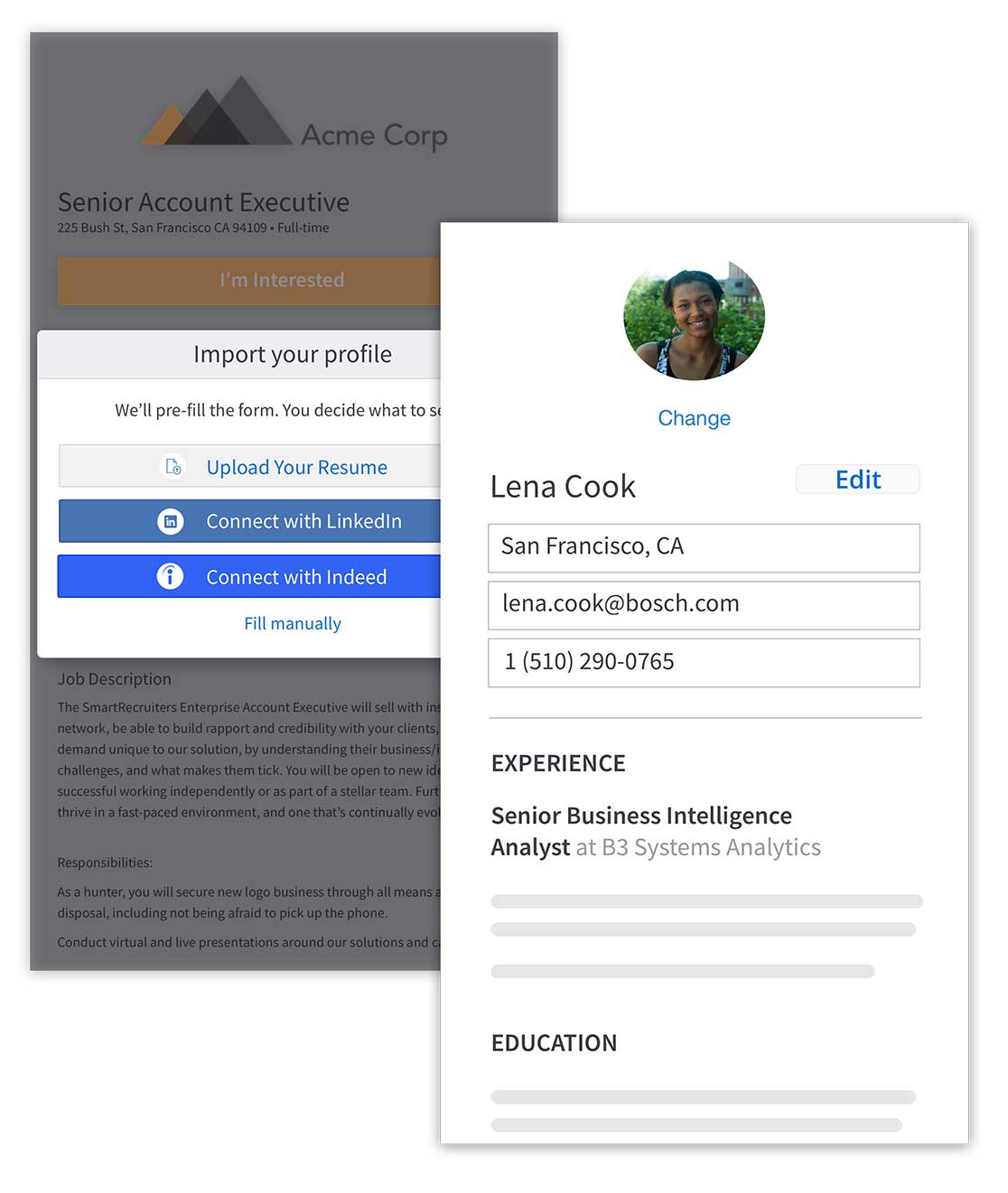
Delivering a candidate-centric experience starts with removing barriers of entry at the top of the funnel. During a transformation workshop, the Northwestern team pinpointed & addressed the actual qualifications required to push an applicant to the next stage (e.g., legal restrictions). For example, by removing the initial resume requirements for specific roles, they not only eased the burden of initial application, but they also allowed qualified candidates from unconventional backgrounds to be considered, building a more diverse applicant pool.
Brand & Experience: A Sneak Peak

According to Deloitte, 68% of candidates say they first pay attention to company values above products and services. The talent acquisition team partnered with the marketing team to showcase their employer brand positioning & messaging while simultaneously identifying the various business resource communities they have in place for different ethnicities and interests. They then pushed these elements onto their job postings and even built a dedicated career site to give prospective applicants more visibility into how Northwestern is here to support them as employees.
Selection & Collaboration
Bringing top talent into the funnel is great, but Berni doesn’t stop there. She wants to ensure her team is fully capable and equipped to deliver a timely and consistent experience.
Interviews & Evaluation: Standardized & Consistent
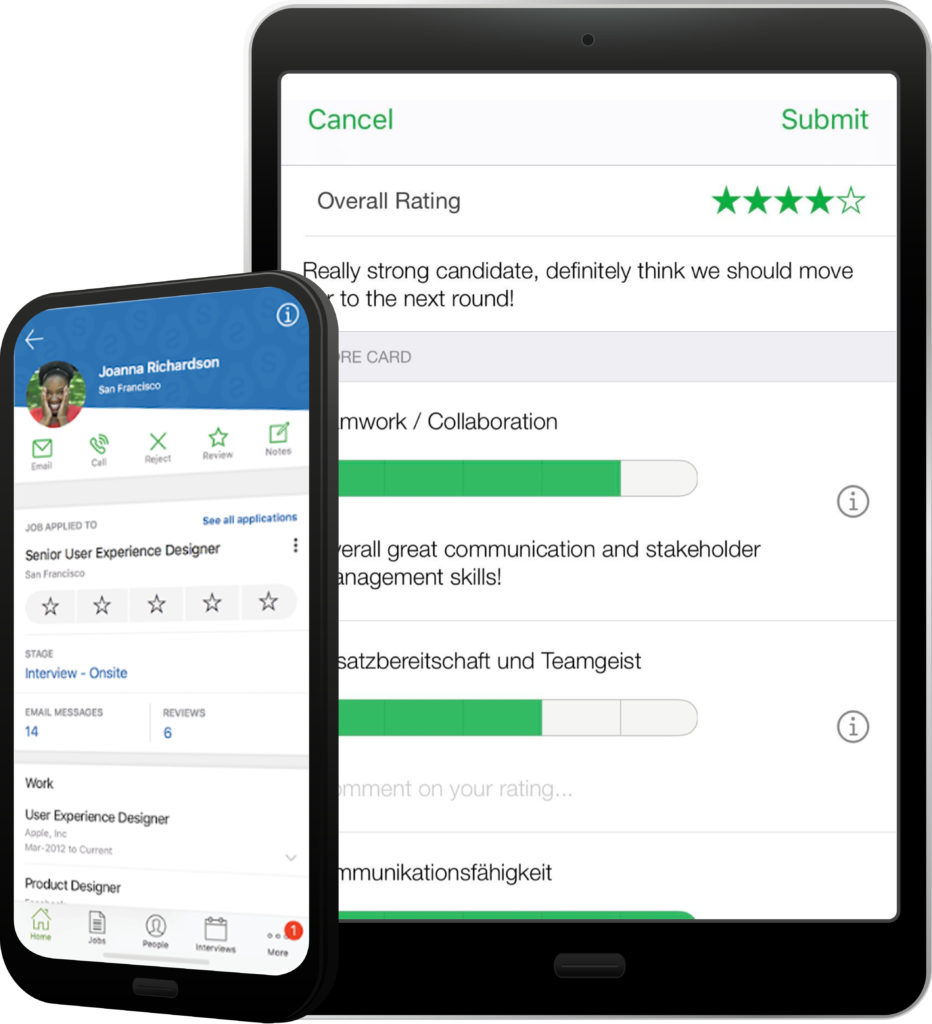
Northwestern has begun standardizing the interview process with structured interviews as a way to streamline feedback, reduce bias, and create a consistent candidate experience. They have also begun to phase in a cards-down approach: interviewers provide their feedback on a structured interview scorecard before seeing anyone else’s feedback. This process prevents any influence that could come from someone more senior sharing their thoughts first.
Hiring Team Collaboration: Easy and on the Go
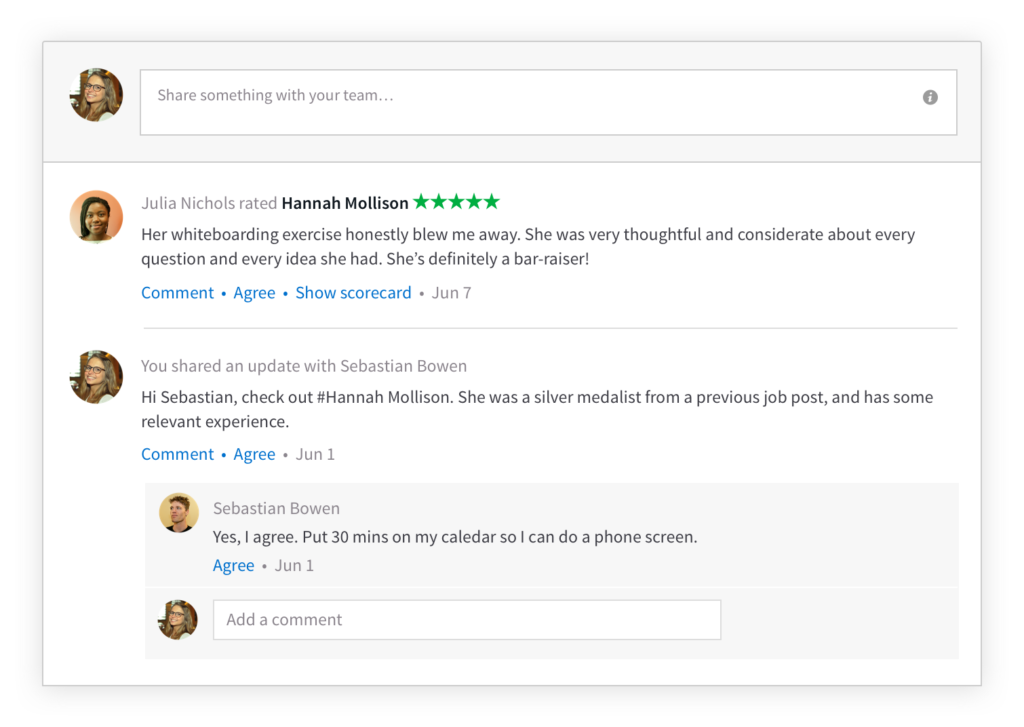
As part of Northwestern’s investment process in a new talent acquisition suite, they required that all potential vendors were equipped with sophisticated collaboration tools and mobile functionality. With their eventual partnership with SmartRecruiters, hiring managers could now review candidates and communicate via comment threads, tagging, and even direct messaging. On top of that, all these features were available on a robust mobile app, enabling hiring managers to rate & review on the go.
Management & Operating Model
Integrated & Connected: A One-Stop-Shop
To avoid duplicative efforts & managing work on separate systems, Northwestern invested in building robust integrations with their ATS to create a “one-stop-shop” that included all emails, scheduling, background check results, and skills assessment scores.
Engage & Train: System Champions & Dedicated Resources
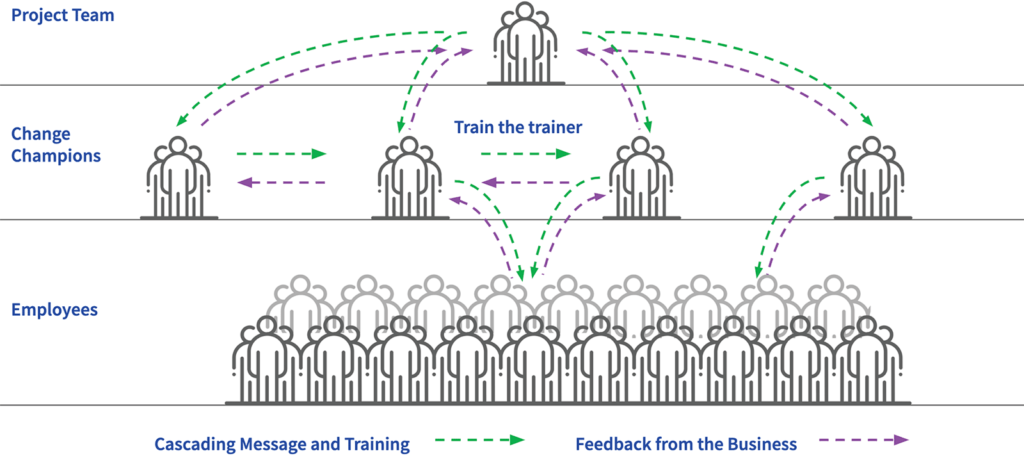
Change is necessary when looking to transform a business, but without buy-in from users, any efforts are at a high risk of failure. Berni’s team heavily invested in change management to ensure employees understood the value of using the new system and adopted accordingly. Some of these investments include:
- Position super users as system champions who could relate to the hiring team’s day to day needs while offering guidance and expertise as needed
- Host roadshows across facilities with live training and demos to generate buzz and excitement
- Build templated training materials and documentation that users could reference after the fact
Reporting & Analytics: Identifying Opportunities
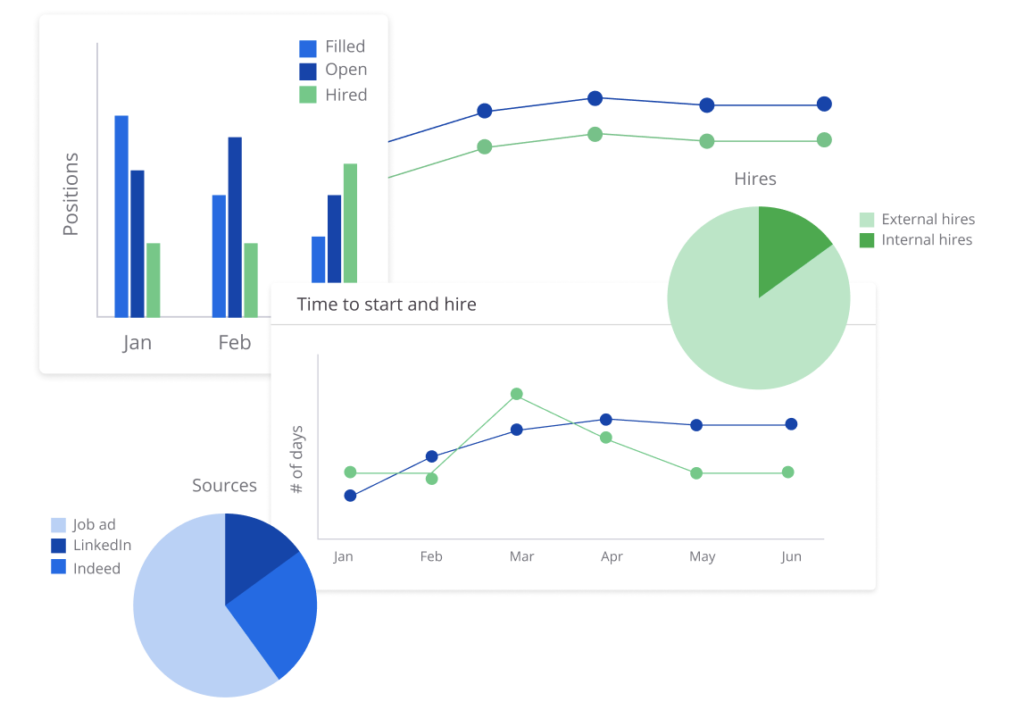
A transformation from cost-center to strategic difference-maker doesn’t happen overnight. The recruiting team tracks every step from application to eventual onboarding as a way to build a complete picture of the recruiting journey. They then use this analysis to diagnose bottlenecks and pain points before identifying opportunities to improve the candidate journey and accelerate hiring velocity.
Looking To The Future
Northwestern’s investment has already begun to pay dividends: they’re seeing far more candidates come in through the funnel yet their hiring teams are not feeling overwhelmed. In fact, despite unexpected hiring surges among some of their clinical recruiting teams during the Covid crisis in 2020, they were still able to achieve a candidate processing time of 1.5 days, shattering the SmartRecruiters gold standard of 2 days!
For Berni, the future of Northwestern recruiting goes beyond serving the company’s bottom line. To be the best employer, she believes Northwestern needs to look more like the communities they serve. To make good on that promise, Northwestern has partnered with Illinois Senator Dick Durbin on the HEAL initiative where they have committed to increasing the representation of their hiring class from underserved communities by 15%.
On top of that, the talent acquisition team is also looking to further reinforce its current strategy for the following year:
- Leverage technology to improve productivity & embed robust analytics
- Cultivate talent communities through CRM so that they can build an internal talent pipeline while tracking the career trajectory of potential candidates (e.g., college interns that eventually become RNs)
- Further infuse their employer brand across various channels including social media, newsletters, and advertising strategy
Berni and her team have a long road ahead on the journey towards Hiring Success, but they’re off to a hot start and we can’t wait to see what they have in store for the future!

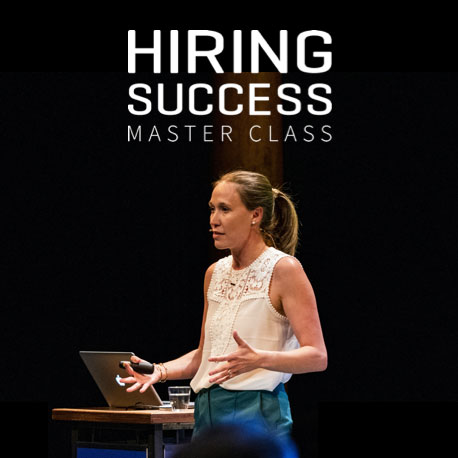 Enroll in the Master Class & earn 6 SHRM credits
Enroll in the Master Class & earn 6 SHRM credits